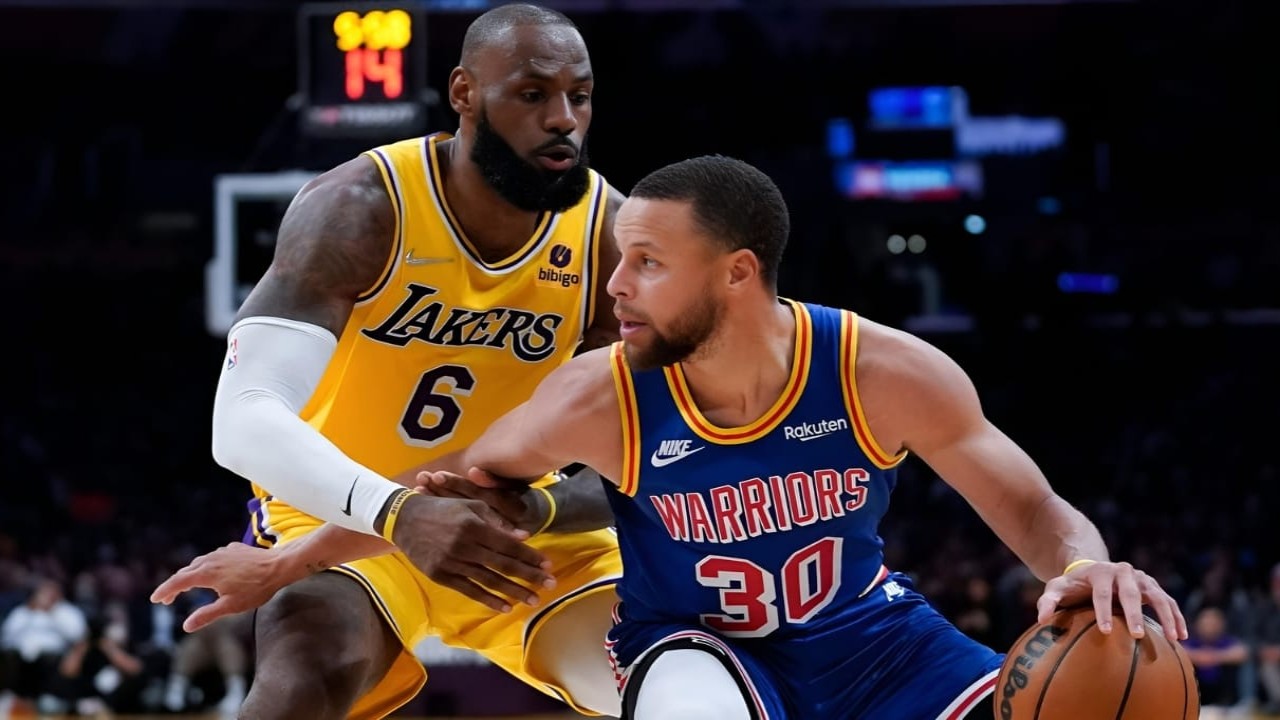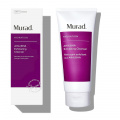What Is a Take Foul in the NBA and How Has Its Use Evolved: All You Need to Know
Discover the evolution of the take foul in the NBA, from its origins to its strategic use today. Learn how this tactic has shaped the game.

A take foul occurs when a defender intentionally fouls an opponent without attempting to play the ball, typically to prevent a fast break or transition opportunity.
Previously, committing a take foul resulted in the defender receiving a personal foul, and the offensive team gaining possession.
However, if the fouling team was in the bonus, the offensive team would receive free throws. The foul would be charged to the player who committed it.
During the final two minutes of the fourth quarter and the two minutes of overtime, the take-foul rule is not enforced. This allows teams to deliberately foul to halt the clock or prevent a three-point shot.
The league describes such a strategy as an intentional foul by a defender aiming to deprive the offensive team of a fast-break opportunity.
A defender commits a take foul penalty when they stop a fast break without interacting with the ball. In this case, the offense receives a free throw, which any of their five players on the court can take, and keeps possession of the ball.
However, during the final two minutes of regular time or overtime, officials will not call fouls in the NBA.
This allows teams to continue intentionally fouling to stop the clock. Defenders may still foul opponents before a three-point shot to restrict free throws to two instead of three.
The "clear path" rule is implemented regardless of the remaining time on the clock.
ALSO READ: Did Luka Doncic Really Say He Was Robbed of NBA MVP Award in His IG Story? Exploring Viral Tweet
What Is a Clear Path Rule in the NBA?
The NBA instituted the Clear Path Rule to heighten the reactions games evoke.
This rule is activated when a defensive player commits a personal foul on an offensive player who has a scoring opportunity during a transition and no defenders are ahead of him.
This rule can significantly sway a game's results, as it offers the fouled team the chance for two free throws and possession of the ball.
Consequently, if this foul is committed late in a closely contested game, it can quickly transform the scoreboard, possibly causing a four-point shift.
The rule's objective is to preserve fairness and safeguard the game’s integrity.
How Is It Different From Clear Path Foul?
A clear path foul, another classification of foul in the NBA, occurs when a defender fouls an offensive player who is in transition and has an unimpeded route to the hoop, implying no defender stands between the offensive player and the basket.
The offended team is granted two free throws and possession of the ball as a penalty for a clear path foul.
Conversely, a take foul is a foul categorization in the NBA when a defender strategically fouls an offensive player with the intention of preventing a fast-break opportunity without attempting to play the ball.
For a take foul, the penalty is one free throw and possession of the ball for the offended team.
During the last two minutes of the fourth quarter and the last two minutes of overtime, the take foul rule will not be applied, leaving teams room to deliberately foul to halt the clock or deter a three-point shot.
ALSO READ: LeBron James Trolls Collin Cowherd for JJ Riddick Backward Hat Take Amid Lakers Head Coach Rumors





 JOIN OUR WHATSAPP CHANNEL
JOIN OUR WHATSAPP CHANNEL

































































































